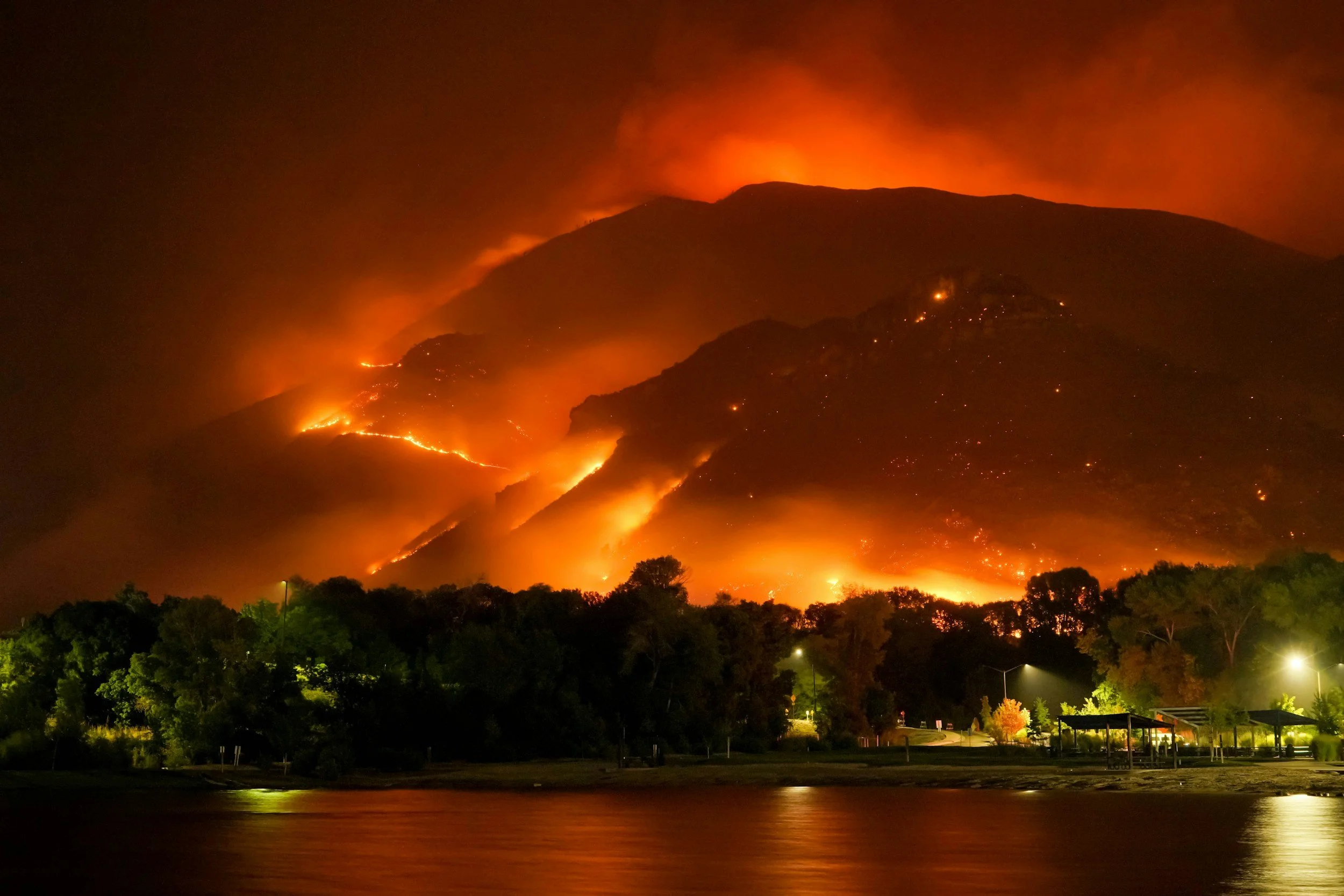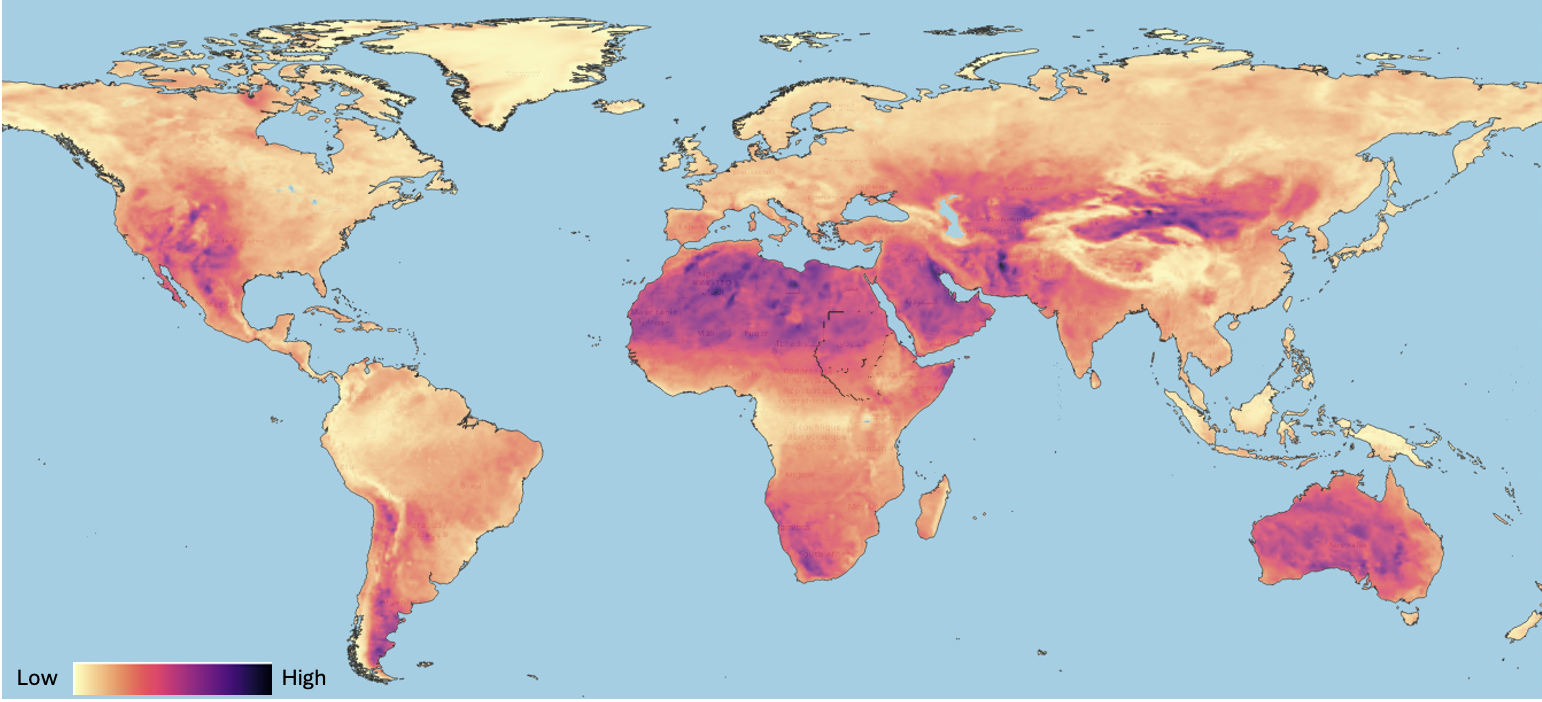Billion dollar blazes: the alarming rise in the cost of global wildfires
Driven largely by the California wildfires in January, 2025 became the most costly year on record for global wildfire damages. With a weight of scientific evidence building that predicts a future of longer, more intense fire seasons to come, TransZero examines the climate models alongside the increasing urgency for homeowners, businesses and communities to transition and adapt to a worrying new normal.
As the Northern Hemisphere autumn looms into view, great swaths of scorched land still scar regions of Europe and North America after record breaking summer temperatures. The UK met office also estimates that this year’s summer was 70 times more likely because of anthropogenic climate change.
While wildfire risk is a seasonal hazard in many parts of the world, the economic toll already in 2025 is estimated to have already surpassed $66 billion USD. For context, this makes wildfire losses account for approximately half of all global weather-related damages. It also leaves 2025 as being twice as costly as the next worst year on record for wildfire, which was 2018 (Table 1).
Table 1: Financial impacts from Global Wildfires, 2017-2025
*Data sources: Munich Re / ourworldindata.org / Gallagher Re)
California Fires (January 2025)
It’s hard not to overstate the financial impact of the Palisades and Eaton fires on this year’s economic losses to date from natural catastrophes. These two events alone (with insured losses of approximately $40 bn USD) account for more than 90% of the wildfire losses in 2025. This is despite several other damaging events from wildfires in Canada, South Korea, Portugal, Spain and the UK over the course of 2025. The key factor elevating the economic losses in California can be directly attributed to its impact on very high-value densely populated land and property in the region. While larger swaths of land might have been scorched elsewhere this year, the economic value of damage around the suburbs of Los Angeles was colossal.
While California is not unaccustomed to seasonal wildfire risk, the preceding months of low rainfall coupled with particularly strong Santa Ana winds whipped up ideal conditions for the fires to spread rapidly through the suburban neighbourhoods. Such events are defined as urban conflagrations – fires that spread beyond their natural borders and into largely built-up environments.
The events in California are a reminder that disasters highlight systemic failures in preparedness and mitigation as much as the severity of the physical risk. In the last few months, retrospective attention has been paid to the concentration of housing in California that lacked modern fire-resistant features (BBC 2025), the rapid urban expansion of Los Angeles suburbs (Figure 1) in the last 30 year and the increasing liability of utility companies as potential ignition triggers for these events. At the time of writing, the US government has filed two lawsuits blaming utility equipment on starting the devastating Eaton fires (Reuters). As an increasing population now lives in the wild-to-urban interface (WUI), high risk properties can lie next to densely forested regions with wildfire susceptibility.
Figure 1: Areas of urban expansion around NW Los Angeles, 1990-2014 - (Data source: http://atlasofurbanexpansion.org/). Image: ©TransZero Ltd 2025
Climate Adaptation
As the rebuild of the 16,000 structures destroyed during the California wildfires gets underway, it was noticeable that properties built since the more stringent 2008 fire-resistant building codes came into place fared much better than old properties. Similarly, many homes damaged during the fires were located outside of historic risk maps and therefore weren’t subject to the codes at the time of being built.
Research groups like the Insurance Institute for Business and Home Safety (IBHS) have shown the dramatic impact that wildfire-resistant construction can have in reducing fire damage. For the notional cost of around 2–13% of the building cost, survival rates and building protection improve considerably. More adaption measures include the use of fire-resistant material (e.g. rammed earth, super adobe, and compressed earth blocks), as well as careful landscaping around properties to allow for fire-breaks and sufficient spacing. Experts also emphasised that fire resilience depends not only on individual homes but on the collective action of neighbours and the community. For example, if neighbours do not harden homes or clear vegetation, embers and radiant heat can easy spread fires.
In the TransZero climate risk platform fire risk is modelled with and without these climate adaptation measures to simulate potential losses and adaptation potential. Experts emphasise that fire resilience depends not only on individual homes but on collective action: if neighbours do not harden homes or clear vegetation, embers and radiant heat can still spread fires.
Climate Change
In terms of predicting future fire risk in the 21st century, the various Earth system models (ESMs) provide our best glimpse into understanding potential changes in climate variables, including those linked to wildfire risk. The most recent suite of models ran as part of the Coupled Model Intercomparison Project Phase (CMIP6) have proved a major improvement on their predecessors (CMIP5 models) with regard to simulating the large scale weather conditions that influence wildfire risk. While the observed decline in global burned area over the last two decades (which has been driven by increasing agricultural expansion) still remains difficult for ESMs to capture (Andela et al, 2017), the CMIP6 models have proved far better than the CMIP5 models at simulating historic trends.
Figure 2: Changes in the length of future wildfire season using CMIP6 ensemble from historic baseline (1850-2010) to 2050 and 2100 (SSP5 8.5). ©TransZero Ltd 2025
The latest suite of models captures the dynamics of seasonal variability with much greater accuracy (Li et al, 2024) and it is this point that is helping climate researchers anticipate changes in the probability of future wildfire risk drivers. While models can differ in their prediction of some climate parameters, there is greater consistency on many wildfire factors including temperature increases, vapor pressure deficit and expected lower fuel moisture – all factors influencing wildfire ignition. Research by Quilcaille et al (2022) using a suite of CMIP6 models anticipates that further warming scenarios are likely to result in an average increase in the length of wildfire seasons (Figure 2), making the risk materially more probable and intense in many regions of the world. South America, Europe, South East Asia and some regions of the US look set to see larger shifts in the fire season length, particularly by the end of the century (Figure 2).
Figure 3: Wildfire Risk Index (TransZero)
To learn more about TransZero’s fire risk model or the platform subscription, please drop us a line – info@transzero.co.uk





